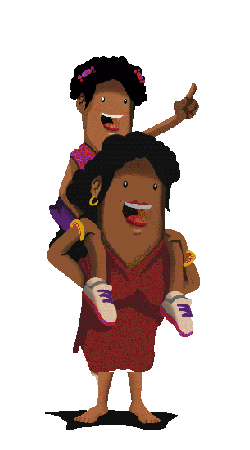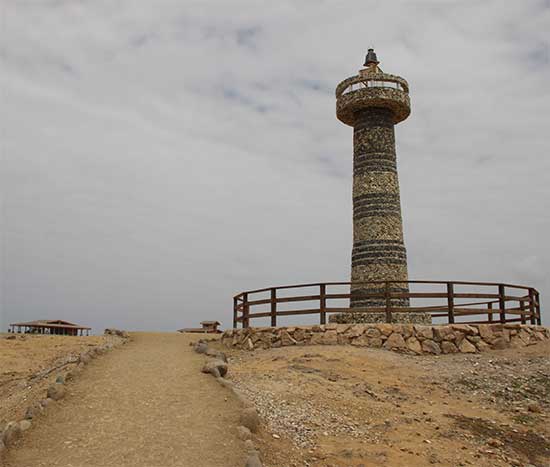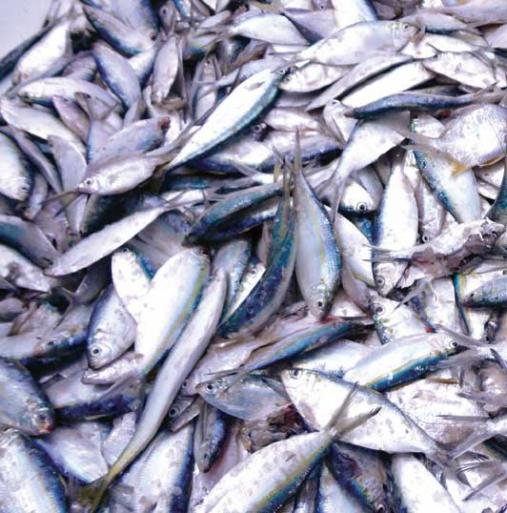
Description
Geography
Cultural
aspects
Biodiversity
Main
attractions
Activities
allowed
Existing
facilities
Documents and
recommendations
How to get?
This reserve protects one of the most famous and oft-visited places of the central coast region of Ecuador; Puntilla de Santa Elena. La Chocolatera and its adjacent sea area. La Puntilla , as it is also known , is the most extreme point of the mainland coast of South America and it separates the bay of Santa Elena in the Gulf of Guayaquil. The waters of the reserve are the source of livelihood for many fishing communities and play an important role in the protection and recovery of fishes which have declined because of overfishing over the years. Apart from the marine area , the reserve includes beaches, cliffs and a small area of scrub and dry forests of the coast.

From Guayaquil. The Transversa Austral (Southern Cross) is taken towards the west to the Salinas city. From the Chichipe Malecon enter to Av. Malecon , turn left along the street Atahualpa. The official entrance to the protected area is the Fort Salinas’ shelter or Military Air Base. From any point of Salinas, you can take public transport buses to get to this place.
Puntilla de Santa Elena . Salinas. Province of Santa Elena.
(04) 294-3335

The reserve is located at the end of the Santa Elena point. The marine environment covers 52,231 hectares with just 203 hectares on land, which include beaches, cliffs and rocky areas onto which the waves crash. Its marine area is shallow (30-50 m) and receives plenty of sunlight, generating an abundance of phytoplankton and zooplankton that form the foundations of the food chain in the oceans. The weather in this reserve, and in general across the Peninsula, is dry and encourages typical arid vegetation. This is due to the influence of the cold Humboldt current that reduces evaopration off the ocean and generates fewer clouds and rains.

La Chocolatera trail goes from the viewpoint at El Soplador to a place called La Cafeteria (The Coffee Shop). It is an easy route and doesn’t require a guide, but always stay within the recommended path and don’t cross over the guardrails. During the tour there are several viewpoints: El Soplador (the blower'), La Chocolatera (the chocolatier), El gaviotín (the tern), La Puntilla (the point) and El Faro the (lighthouse).
The Lobería path takes you from the lookout for about 120 metres, and is also easy, not requiring a guide. We recommend staying within the path and not cross the guardrails.

In the peninsula of Santa Elena you will find records and evidence of the oldest known human presence in Ecuador: the Las Vegas culture (8,800 BC - 4,600 AD) . The best-known archaeological site is located in the Museum Sumpa lovers in the town of Ballenita , a few kilometres from the reserve. Since that time, its inhabitants have traditionally been artisanal fishermen, taking advantage of the area's wide variety of fish and shellfish.
There are several military installations in the area, saline pools, the cities of Salinas and Libertad, and several fishing villages including Anconcito , Santa Rosa, Chipipe, San Lorenzo, La Libertad, La Carioca, Chulluype and Ballenita . All use the reserve for fishing activities.

Marine environments found in and around the reserve are considered to have some of the highest concentrations of fish in the Ecuadorian coast, possibly because this area is part of the same cold-water biological system that is shared with Peru and the Galapagos islands. Many species ofthe nation's emblematic shorebirds, such as boobies, pelicans, terns and petrels, amass in this reserve. The reserve's waters are an important refuge for 16 species of marine mammals, including two species of sea lion, seven species of whale (including the humpback) and seven species of dolphin.
Although the reserve's terrestrial area has experienced a decilne in the number of animals and plants as a result of human pressure, mammals such as the opossum, various types of lizards , iguanas , snakes and toads, and about 80 species of plants typical of arid zones are still present on this patch of the Ecuadorian coast.

La Chocolatera
La Chocolatera is the most famous part of the reserve. It is a cliff where you will be able to feel firsthand the power of the sea waves breaking against the rocky coast below.
Seabirds
Bird lovers can visit the salt pools located within the wider catchment area of the reserve, in a place called Mar Bravo; the salt lagoons here are a wonderful place to observe the diversity of shorebirds in Ecuador. Although the area is not within the reserve itself, the birds use the reserve's waters to forage for food.
Punta Brava
From La Chocolatera you can access Punta Brava, where rocks emerge from the sea and where there is a seal colony that was created during the El Niño phenomenon of 1997-98. Being relatively new, the colony is still growing and you can visit as part of a tour, or see from the viewpoint of Punta Brava.


Clothing: from December to May wear light clothing and use sunscreen, because the temperature and UV are high. From June to November bring warmer clothes because the temperature conditions drop to 18oC and it can get windy.
Whale watching: Tours of the coastline or humpback whale watching tours (during the months of June to September) begin from the beach of San Lorenzo in Salinas. Boats must have authorization from the Ministry of Environment.







